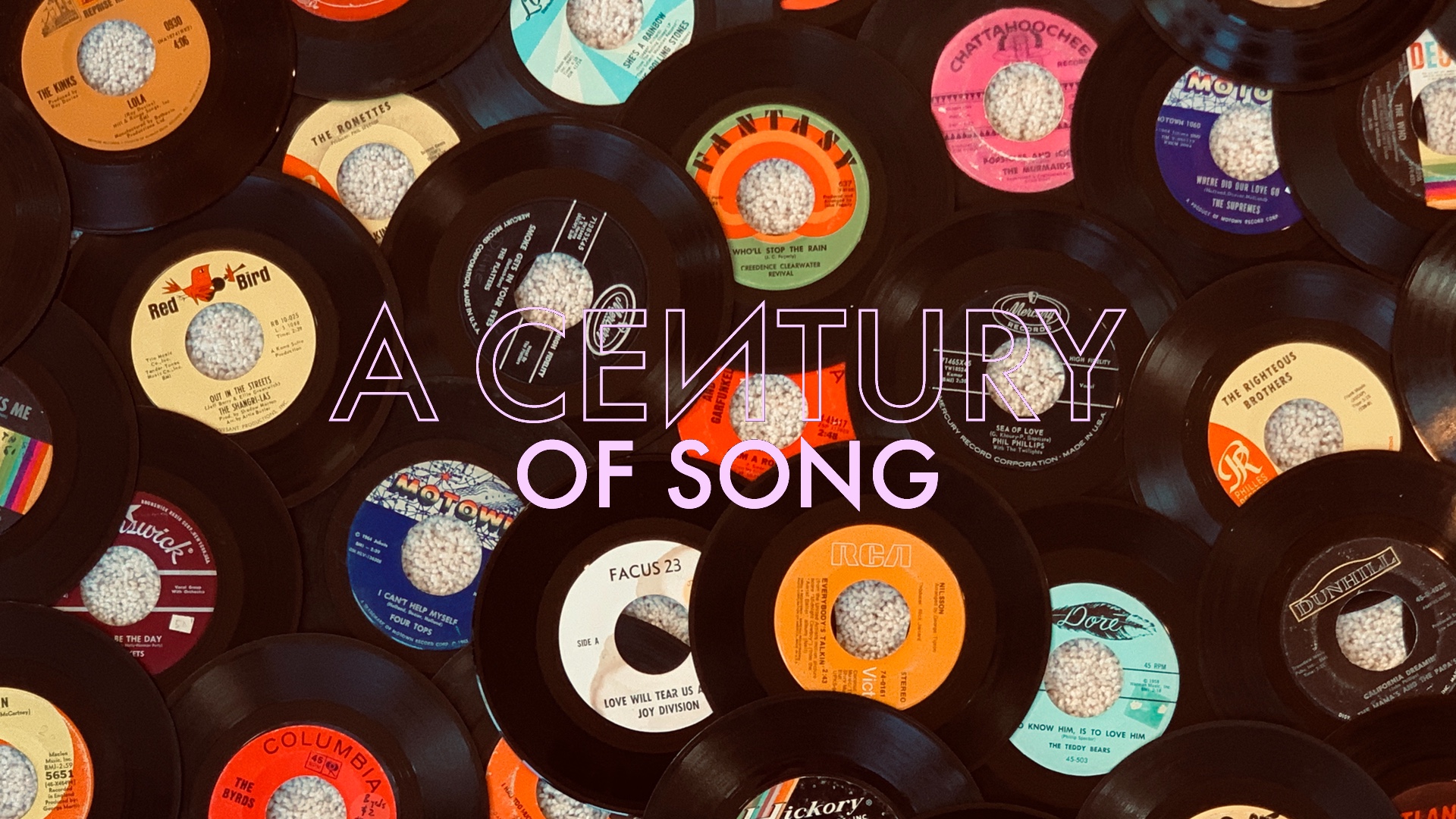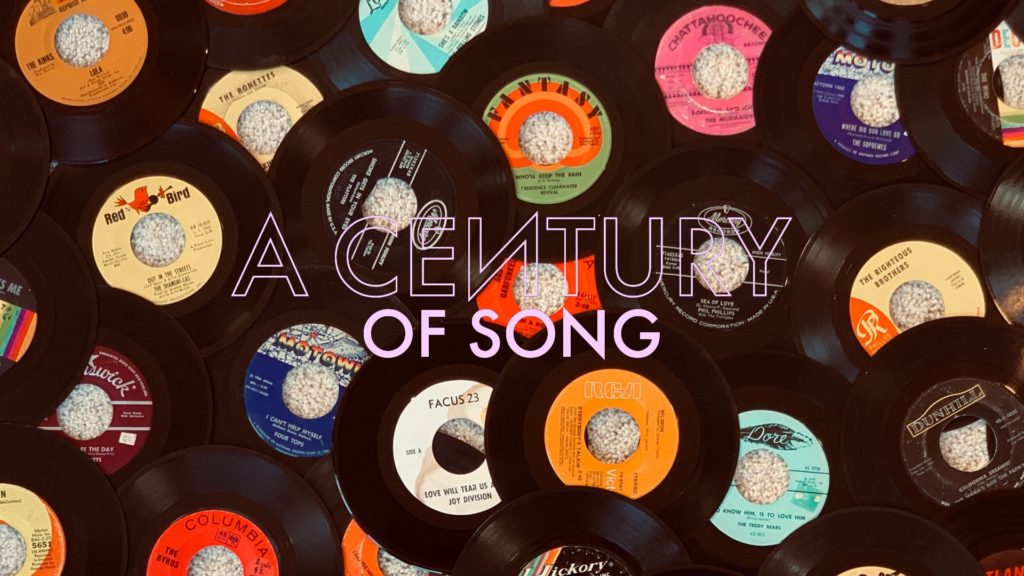
A Century of Song is an attempt to summarize 100 years of popular music through 1000 carefully chosen tracks. Included within this list are landmark singles, stellar album cuts, huge hits, hidden gems, and more than a few personal favorites. Read the introduction for the project here, and enjoy the embedded videos and Spotify playlist.
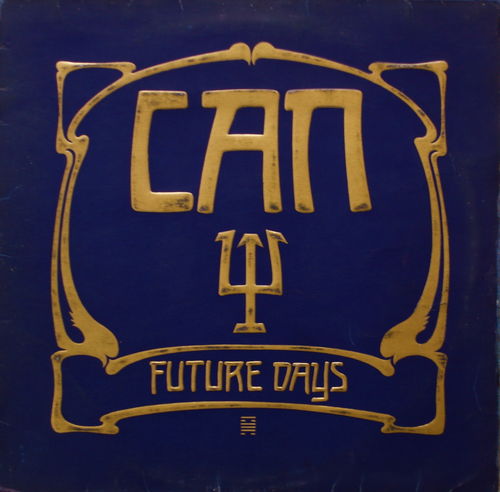
280
Taking up the entire second side of the album, “Bel Air” is the majestic closing track to Can’s masterful Future Days – the group’s final record with vocalist Damo Suzuki. Synthesizing the A-side’s innovations into a single mesmerizing track, “Bel Air” is a landmark recording in the history of experimental rock music.
The aquatic qualities of Future Days reach a climax on “Bel Air.” Matching a highly effervescent atmosphere with the incomparable drumming of Jaki Liebezeit, the song’s extended length gives Can considerable range to stretch out. Over the course of its twenty-minute run-time, the song swells and recedes several times, but never wears out its welcome.
“Bel Air” stood as the exclamation point on Can’s remarkable three-album run with Suzuki as its frontman. Though the group released excellent material before – and some underrated work afterwards – this track found the pioneering band operating near the peak of their powers.

279
While 1993’s Debut did not represent the beginning of Björk’s musical career – given both her time as a child pop star and subsequent work with The Sugarcubes – it felt less like a reinvention than it did the true arrival of a brilliant talent. 1995’s Post would only further confirm the singularity of Björk’s artistic vision.
The album’s most stunning track, “Hyper-Ballad” is built upon a bed of skittering electronics and rich strings. The resulting instrumental backing is simultaneously lush and spacious, becoming more and more propulsive as the song progresses. Björk would further mine this territory on 1997’s Homogenic, but rarely as effectively as she does here.
As intriguing as the music is, the lyrics of “Hyper-Ballad” are even more fascinating. While Björk’s narrator describes an idyllic setting in the song’s first few lines, it becomes confounding as she describes her morning rituals, and chilling as she details the darker thoughts the accompany her daybreak routine.
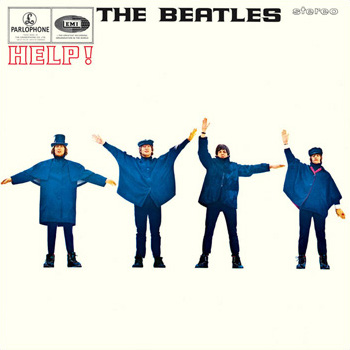
278
On 1964’s Beatles for Sale, John Lennon demonstrated a deepening interest in folk music – prompted by his discovery of Bob Dylan. While both “No Reply” and “I’m a Loser” would display a more introspective Lennon in their acoustic arrangements, it was the following year’s Help! that saw Lennon penning his finest Dylan-inspired track to date.
“You’ve Got to Hide Your Love Away” found The Beatles fully abandoning the Merseybeat impulses of their earlier work, turning in a song that completely eschewed electric guitars and Ringo Starr’s pulsing drums. While previous tracks such as “And I Love Her” had hinted at this development, there is a wisened maturity to “You’ve Got to Hide Your Love Away” that made it a significant departure.
There’s endless speculation about hidden messages in Beatles songs – some of which have been somewhat-suspiciously pushed by the band themselves. One of the most persistent rumors is that Lennon wrote “You’ve Got to Hide Your Love Away” as a coded showing of support to the band’s manager, Brian Epstein – a gay man living in a still heavily-conservative Britain.
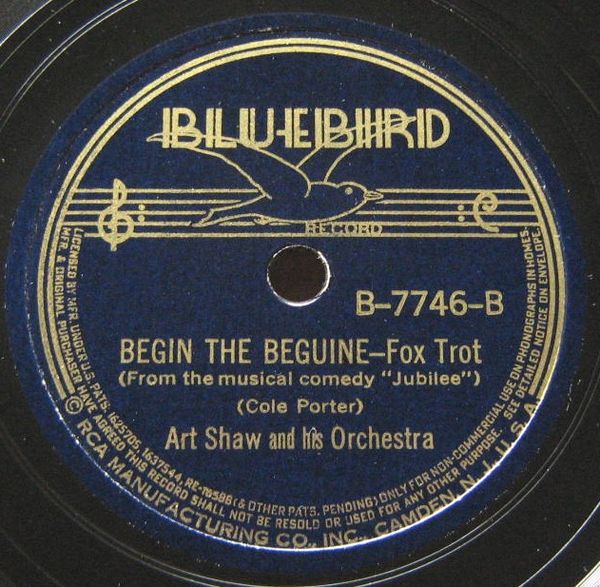
277
Written in 1935 by Cole Porter, “Begin the Beguine” would become one of the definitive songs of the swing era. It was the 1938 recording by Artie Shaw and His Orchestra that would first bring the song to widespread public attention, and remains the most appealing take.
“Begin the Beguine” was a complex composition – one noted for its unconventional, winding melodic nature. In the hands of clarinetist Shaw, the song’s immensely lyrical melody would be brought to the forefront, while its arrangement found a perfect middle ground between swing and sophistication.
“Beguine”‘s refined qualities may separate it from the more high-energy recordings that tend to define swing. However, its demure manner, expert craftsmanship, and the stellar performance by Shaw’s band, help in making it one of the truly classic singles of its time.
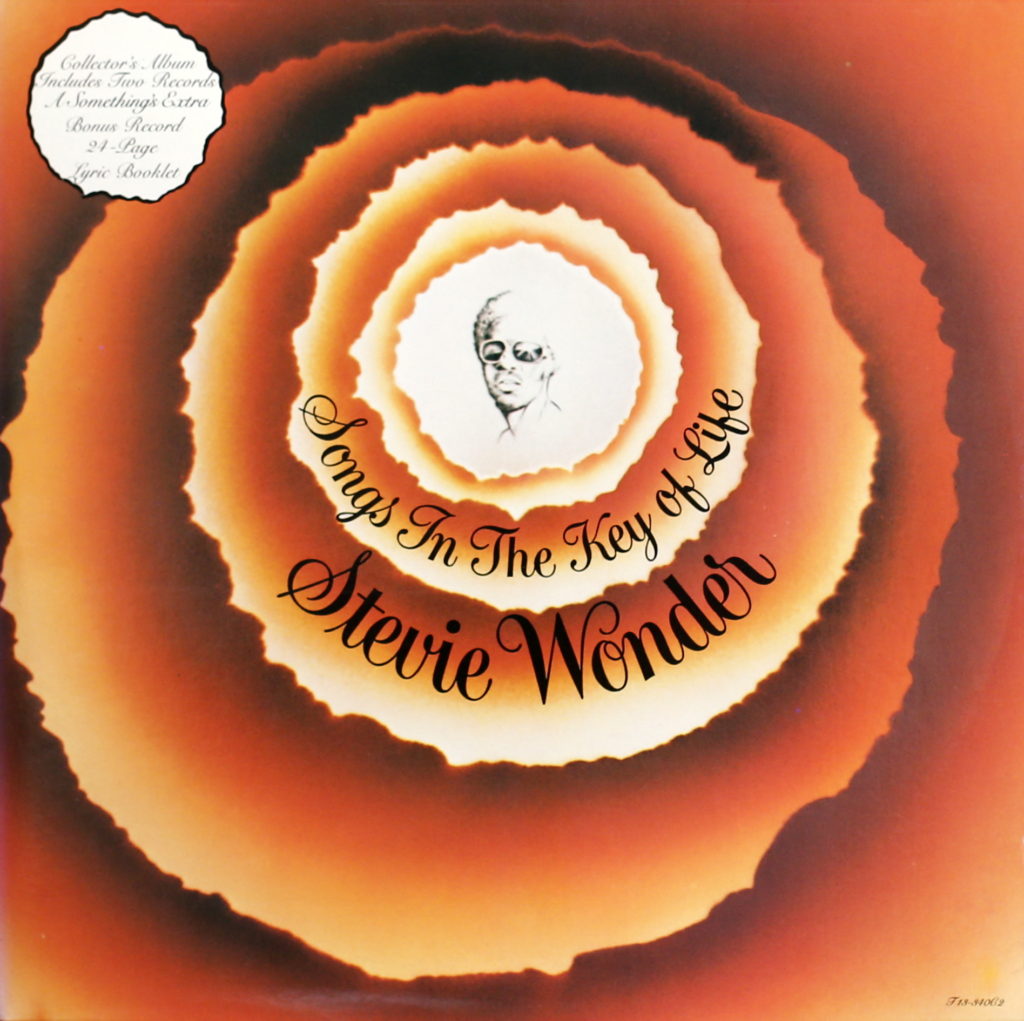
276
Duke Ellington died in 1974, ending a career that found him remaining relevant for half a century. The body of work that he left behind established a convincing argument that Ellington could be considered the greatest songwriter/composer in American history. Two years after Ellington’s death, another one of America’s finest paid tribute to “Sir Duke” for the centerpiece to his own magnum opus.
Contrasting the meditative reverence of Miles Davis’ Ellington tribute – 1974’s “He Loved Him Madly” – “Sir Duke” is a joyous affair. A rousing appreciation of music as a whole, Stevie Wonder imbues the track with a heartfelt sincerity that makes it particularly endearing.
1976’s Songs in the Key of Life was an album so overbrimming with creativity that even two LPs couldn’t contain all of Wonder’s ideas – its two discs were packaged alongside a bonus EP that included an additional four tracks. Despite the album’s boundless well of rewarding moments, “Sir Duke” stands as its peak.
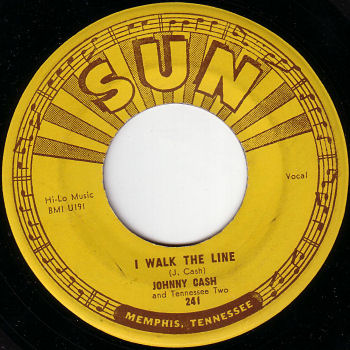
275
While Johnny Cash easily could have displayed the range of his soon-to-be-iconic voice with a lesser track, “I Walk the Line” was no mere novelty. Reaching the number one spot on the country charts in the summer of 1956, the song was Cash’s first hit single – one that paved the way for an extraordinary career.
Abandoning the typical verse/chorus/verse format, “I Walk the Line” finds Cash spinning five verses – each carrying his vocal line lower and lower, until reaching an octave below his original starting point. The lead-in of each verse finds Cash humming, in an effort to locate the proper pitch. While a description makes it all sound like a cheap trick, it makes for a compelling composition.
The song’s title refrain brings each verse home. It serves as a statement of devotion to a marriage that would ultimately end, due in no small part to the infidelities that Cash pledged to avoid in this song. Following his 2003 death, the track’s refrain would be immortalized as the title to a successful biopic about Cash’s life.
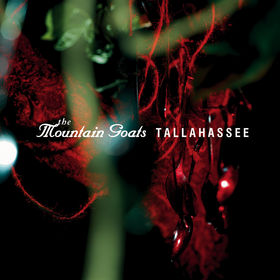
274
John Darnielle spent a decade releasing mostly-homemade recordings as the Mountain Goats prior to landing a deal with the venerable British indie label, 4AD. Recorded in an actual studio, 2002’s Tallahassee found Darnielle crafting a fascinating song-cycle around some of his best-known recurring characters, the so-called “Alpha Couple.” The centerpiece of Tallahassee was the most melodically appealing track of Darnielle’s career to date, and one of his most vivid lyrical constructions.
“No Children” found Darnielle’s fiercely strummed acoustic guitar joined by the contributions of long-time collaborators Peter Hughes (bass, harmony vocals) and Franklin Bruno (piano). Their additions gave the track a musical depth that further augmented a set of lyrics with a distinctly cinematic quality.
Darnielle’s lyrics take the first-person perspective of one of the two “Alphas” – resigned, bitter, and resentful. To define the song as “caustic” is to give it a dramatic underselling, but a track this acrimonious could have only followed feelings that – at one time – had pulled just as strong in the other direction. That’s ultimately what makes “No Children” a particularly gut-wrenching track from an artist who specializes in such things.
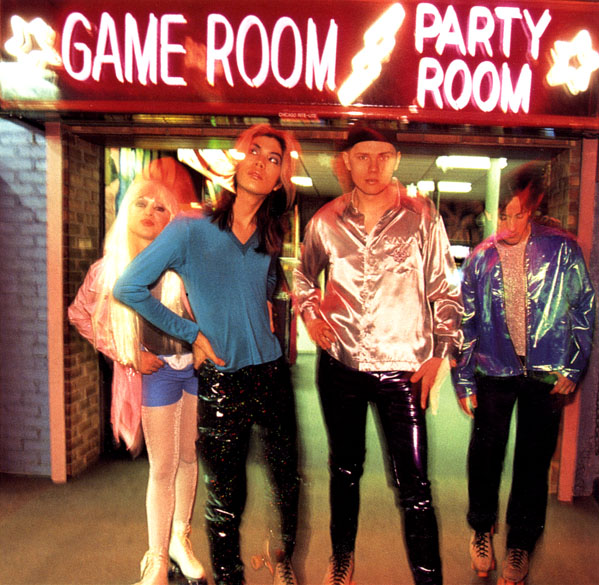
273
The title of Smashing Pumpkins’ greatest song was undoubtedly meant to evoke nostalgia, but the song itself would become a signifier for the generation who grew up with it. Tucked deep into the run-time of 1995’s double-album, Mellon Collie and the Infinite Sadness, “1979” found Billy Corgan and his band at their most affecting and melodic.
Despite their Victorian-era affectations and occasionally-comical ambition, Smashing Pumpkins were, at their core, a rock band – one that made anthemic guitar tracks acceptable among the cynical alt-rock masses. That they peaked with a song that merged dream pop with dance beats was both confirmation of Corgan’s range as a songwriter and evidence of the relatively limited appeal of their true wheelhouse.
I was sixteen when Mellon Collie was released. Born in the year that Smashing Pumpkins immortalized in “1979,” I was an easy target for Corgan’s pairing of misanthropy and ambition. Oddly enough, the band just announced plans to release a sequel to that album sometime next year. I have little-to-no interest in that attempt to drum up feelings of nostalgia, but they nailed sentimentality the first time around with “1979.”
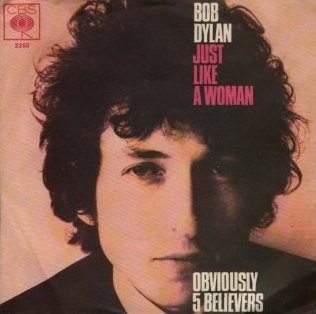
272
While Bob Dylan arrived as a folk protest singer, he wasted little time establishing himself as a songwriter of previously inconceivable range. Several of Dylan’s finest tracks are romantic ballads – songs that were frequently underpinned with the bittersweet, cutting nature of his peerless lyricism.
One of the best of these, “Just Like a Woman” was a standout track from Dylan’s masterful 1966 double-album, Blonde on Blonde. Set against an aching melody and a wonderfully nuanced performance from one of his best backing groups, the song skirts the surprisingly fine line between Dylan’s sentimental and vengeful sides.
Dylan managed this delicate balancing act elsewhere on Blonde on Blonde, including the equally gentle-yet-sardonic “4th Time Around” (#736). However, “Just Like a Woman” proved to be the track that stuck most with listeners. Released as a single to a somewhat-rare measure of chart success, it remains one of his best-known songs.
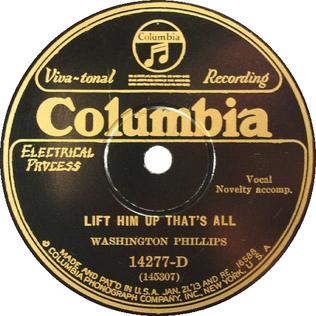
271
Washington Phillips made a stunning first impression with his first single, “Take Your Burden to the Lord and Leave It There” (#716). However, it was the flip side, “Lift Him Up That’s All,” that stands as the finest moment in his tiny, but highly affecting catalog.
Accompanied again by just his mysterious “manzarene,” Phillips leads his limited audience through a track that is part-blues and part-hymnal. The cascading melodies of his signature homemade instrument create a sound that had no precedent when it arrived in 1928, and little in the past hundred years that provide much further of a frame of reference.
There is a haunting quality that runs throughout most of the great recordings from the pre-Depression era – a spectral nature that is impossible to replicate through modern technology. Among those recordings, the singularity of Washington Phillips’ sound – and the deep sincerity of his message – make for a particularly arresting listen.
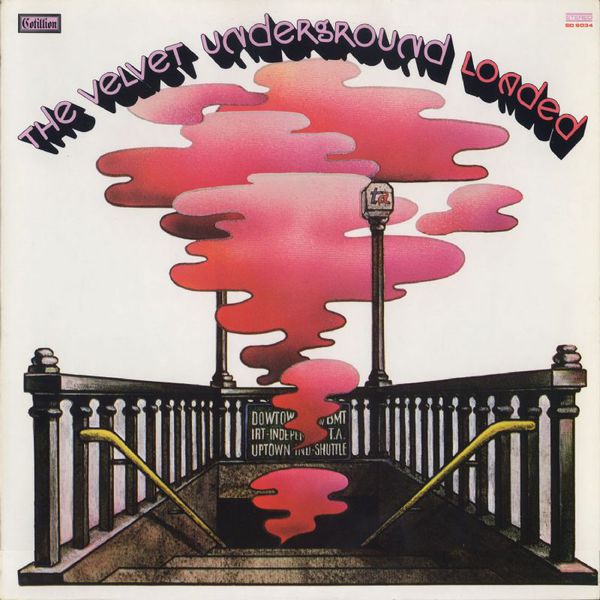
270
Perhaps The Velvet Underground’s greatest dalliance with pop, “Sweet Jane” was the centerpiece to the group’s final album, 1970’s Loaded – yes, I’m aware of Squeeze, but it doesn’t count. Featuring the most conventionally appealing storytelling of the band’s career, the song bucked the nihilistic leanings of their most notorious work, but became one of their most beloved tracks.
Loaded was Lou Reed’s attempt to create a polished Velvet Underground record – one “loaded” with potential radio hits. While the record ultimately failed to chart – due in no small part to Reed’s departure from the band just prior to Loaded‘s release – it confirmed the pop skills that had only lurked along the edges of the group’s earlier recordings.
“Sweet Jane” was the apex of this more accessible version of The Velvet Underground. Reed’s laid-back delivery found a perfect vehicle in the song’s instantly-appealing melody, and the whole affair comes off as joyous – a rarely used descriptor for the band’s music. This is particularly true in regard to the unedited version, which re-inserted the bridge (“Heavenly wine and roses…”), that had been trimmed from the song’s initial release.
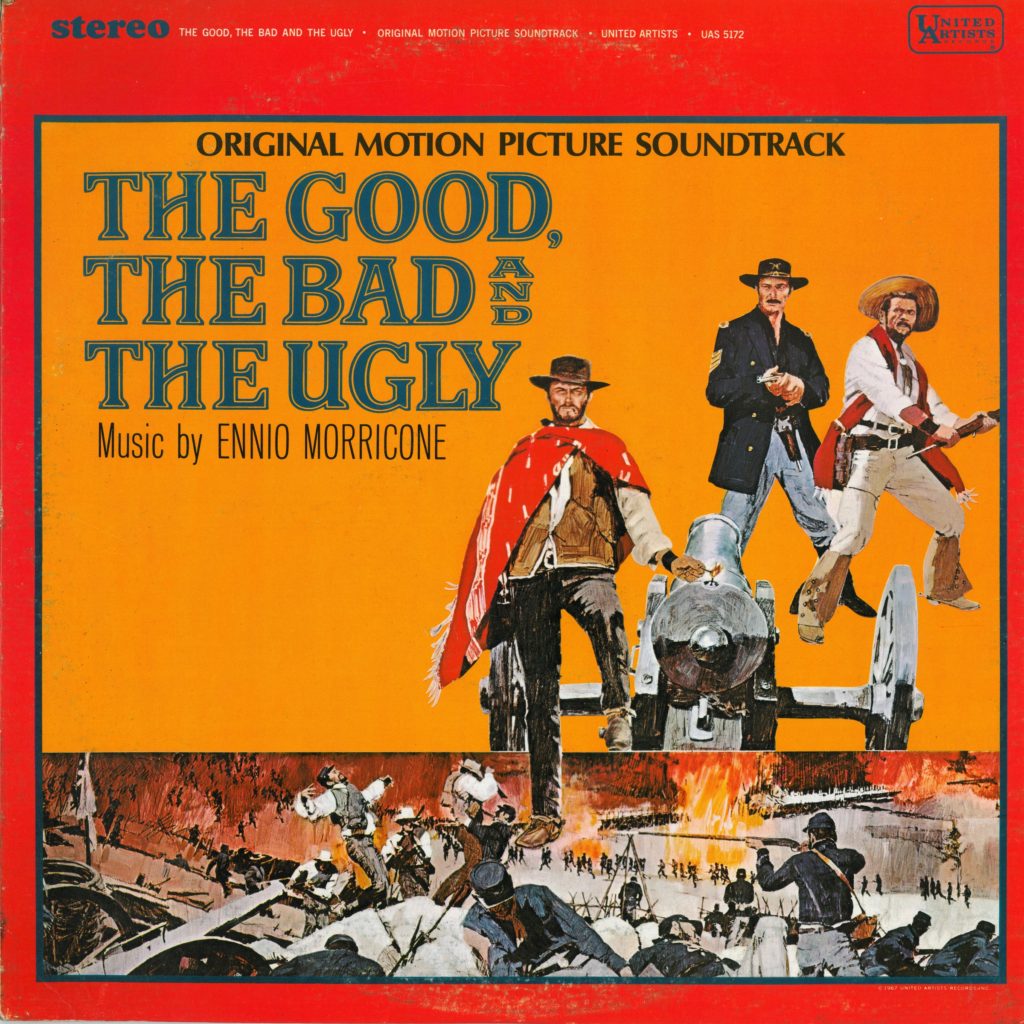
269
Ennio Morricone’s soundtrack to Sergio Leone’s 1966 masterpiece, The Good, the Bad and the Ugly, stands among the finest marriages of film and music. Consistently gripping, thoroughly unique, and instantly iconic, it would remain the great maestro’s most recognizable contribution to the canon.
Despite some healthy competition – most notably “The Ecstasy of Gold” (#495) – the film’s title theme stands as the soundtrack’s most iconic piece. Its ominous tone, galloping rhythm, and famous call-and-response hook have led to endless repurposing in other memorable pop culture moments in the five-plus decades since its release.
The durability of Morricone’s theme is a testament to its undeniable quality as a piece of music. However, no recycling of the track can match the power of its original purpose. The sweeping vistas, intense close-ups, and compelling storyline of The Good, the Bad and the Ugly found a perfect match in the music. It’s hard to imagine either one existing without the other.
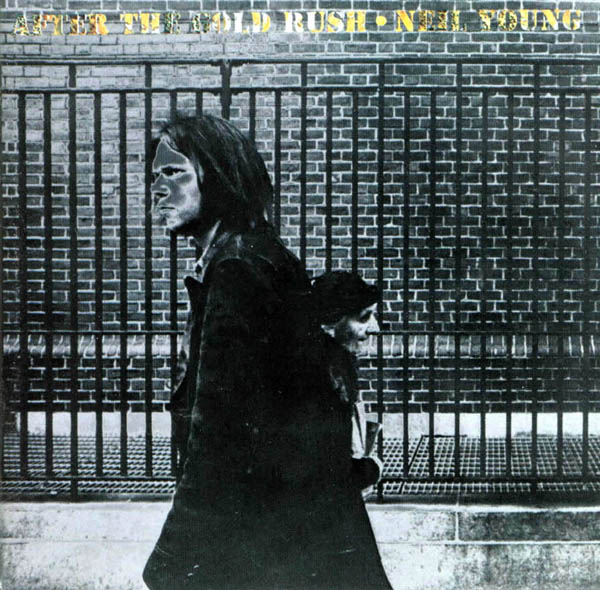
268
While Neil Young had already released a great album in 1969’s Everybody Knows This Is Nowhere, it was the following year’s After the Gold Rush that truly confirmed Young’s songwriting credentials. Though it largely dialed back the volume and high drama of Everybody Knows, the album’s centerpiece was a scathing indictment of the American South.
Set to a fiery backing from his group Crazy Horse, “Southern Man” found Young drawing parallels between the antebellum South and its contemporary counterpart. His lyrical imagery is stark, accusatory, and haunting, as he traces the progression from slavery to Jim Crow to Nixon’s emergent “Southern strategy.”
The song’s two verses are bookended by fierce guitar work from Young and Danny Whitten. Just as effective as the track’s lyrical sections, these instrumental passages express the rage and frustration that prompted Young’s repeated cries of “How long? How long? How?”
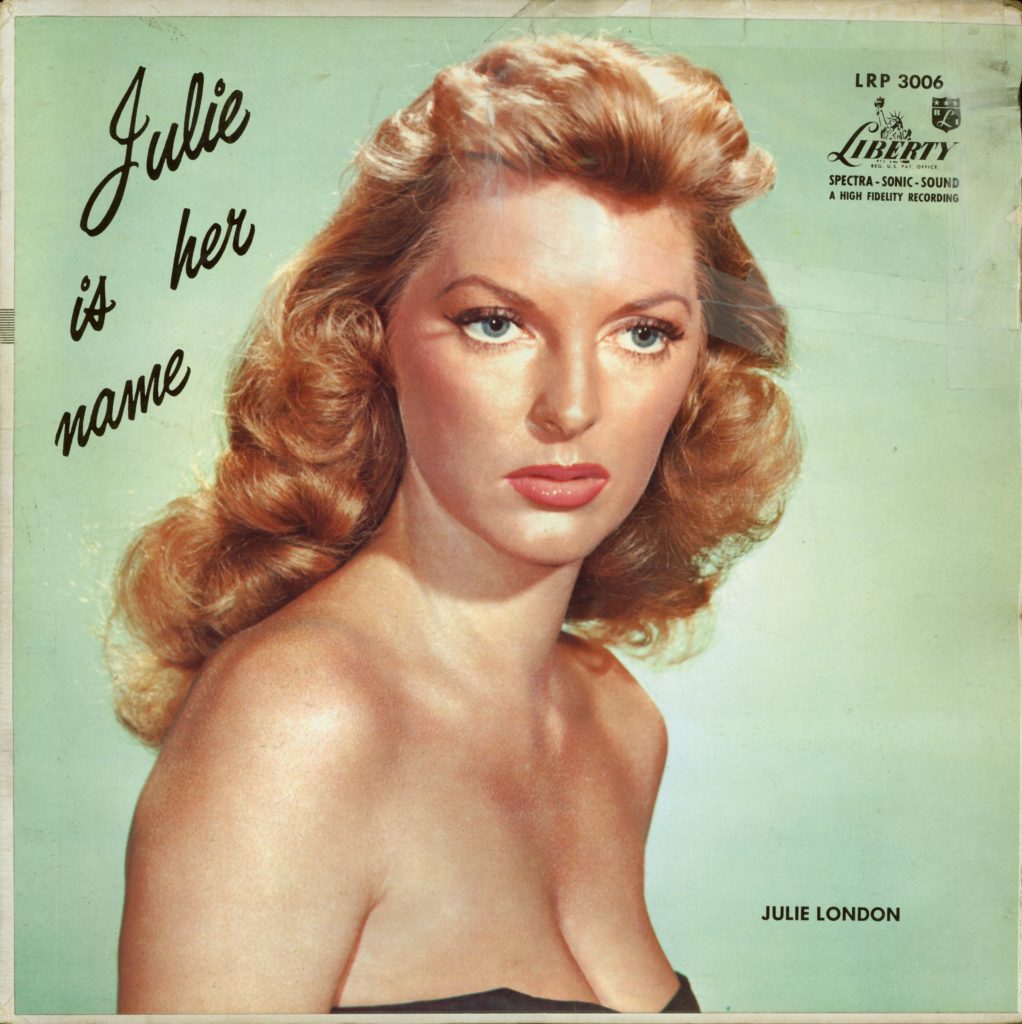
267
One of the great “torch songs” of the mid-twentieth century, “Cry Me a River” has been recorded by numerous artists, but it was Julie London’s 1955 version that truly put the song on the map. Written two years prior by Arthur Hamilton, the song was a classic that entered a new phrase into the cultural lexicon.
As London’s first single – and the opening track to her 1955 debut album – the melancholy nature of “Cry Me a River” is accentuated by the song’s spartan production. Featuring just an electric guitar, bass, and London’s lonesome vocal, there is an intimacy to the track that gives it a particularly immediate quality.
That immediacy was never replicated in the many versions of “Cry Me a River” that inevitably followed London’s successful take. It still makes for an especially compelling recording, and stands as one of the truly great vocal jazz singles of all-time.
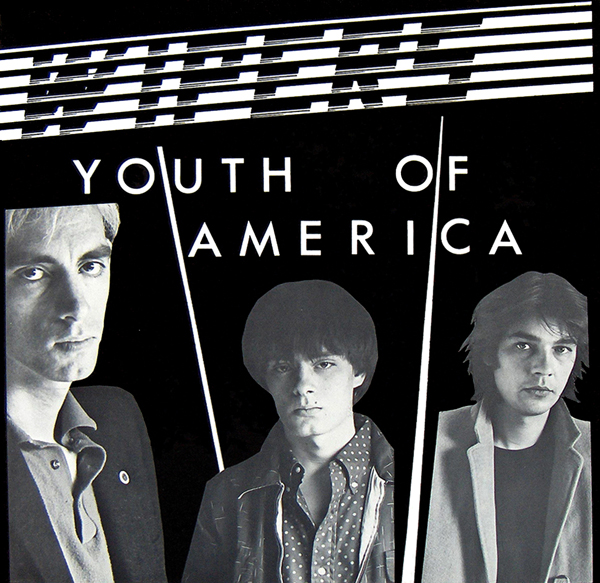
266
Depending on which version of Wipers’ classic second album that you listen to, “Youth of America” is either the second track, or the record’s closing number. In either position, it’s an arresting song – one that stands as the pinnacle of the Portland trio’s celebrated first three records.
Arriving relatively early on the West Coast punk scene, Youth of America was one of the genre’s most influential albums. Whereas punk had been characterized as concise, direct, and blunt, Youth of America was expansive, dense, and literate. Bandleader Greg Sage delivers a powerful missive: one that exudes the fears and anxieties of a generation left behind by the failed promises of the sixties and seventies, and soon to be victimized by the reactionary politics of the eighties.
The band’s music more than matches the fury of Sage’s lyrics and vocals. Surpassing the practically unheard-of ten-minute mark (at least for a punk song), the track seethes and pulses with intensity. Again, it’s Sage – whose guitar work skirts the line between punk and psych – who does the heavily lifting, turning in a performance that would inspire a wave of noise-obsessed guitarists to follow.
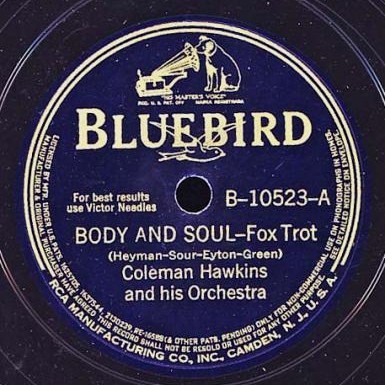
265
Johnny Green composed the music for “Body and Soul” in 1930, and – with help from the lyrics added by Edward Heyman, Robert Sour and Frank Eyton – the track would become one of the most popular jazz standards of its time. However, the tune of the song would be practically unrecognizable in its greatest incarnation.
Recorded in 1939, Coleman Hawkins’ take on “Body and Soul” reduced the song to its bare essence – repurposing it as an extended solo piece for the legendary tenor saxophonist. Hawkins’ small orchestra follows the chordal structure of Green’s composition, but Hawkins untethers himself from the song’s melody in a lengthy improvised solo.
The abandonment of the most immediately-appealing element of an already well-known song seemed like a risky maneuver – and perhaps it was, considering that it was the product of Hawkins’ only session for Bluebird Records. However, the template established by “Body and Soul” would prove to be enormously influential on jazz music’s next big wave, bebop.
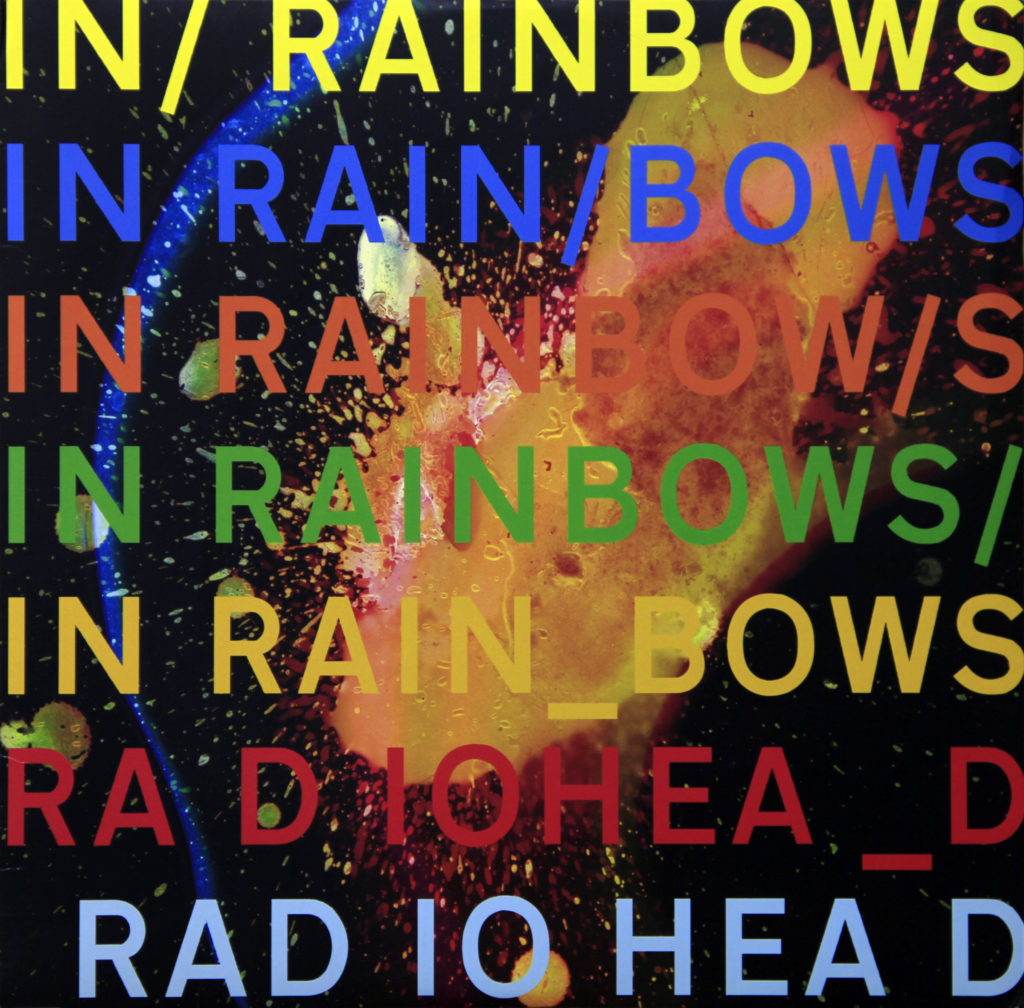
264
With the bulk of the initial hoopla surrounding the release of Radiohead’s seventh album focusing on the record’s unconventional “pay what you want” strategy, the actual music of In Rainbows went relatively overlooked by both fans and the music press. This was especially true of the album’s understated highlight, “Reckoner.”
Initially premiered as part of a much thrashier song in the band’s live set, the In Rainbows take of “Reckoner” was both graceful and nuanced. I’ve written elsewhere of In Rainbows‘ status as Radiohead’s “craftsman” album (#747), and “Reckoner” sharply displays an attention to detail that is easy to miss at first glance, but grows more apparent over time.
Those subtle flourishes – the bent notes of Thom Yorke’s guitar, clattering hand percussion, warm vocal harmonies, and light orchestration – augment what is already one of the loveliest melodies in the band’s catalog. They make for a song that has, rightfully so, become more and more appreciated over the years.
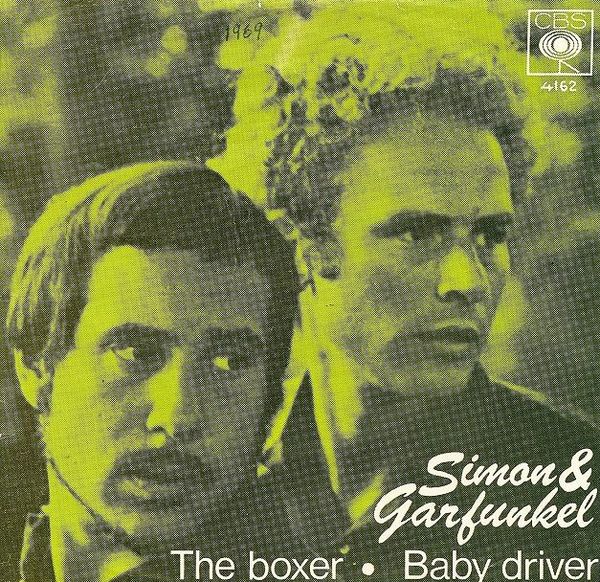
263
Released as a single several months before Bridge Over Troubled Water, “The Boxer” would eventually become a highlight of that record: Simon & Garfunkel’s swan song. One of Paul Simon’s most lyrically vivid songs, “The Boxer” was also one of the folk duo’s most impressive studio productions.
Simon’s lyrics are mostly told from a first-person perspective. They largely convey a sense of desperation, and it has been suggested that Simon wrote the song as a response to those who had taken to criticizing his work – a group whose numbers had swelled following the band’s massively successful involvement with the soundtrack to 1968’s The Graduate. The track’s final verse shifts to a third-person perspective, focusing on the titular character – perhaps a stand-in metaphor for the “fighter” behind the song’s creation.
Musically, “The Boxer” begins like much of Simon & Garfunkel’s baroque folk recordings, but it quickly unfolds into a much lusher production, replete with strings, bass harmonica, and Hal Blaine’s cannon shot snare drum. Most impressive is the instrumental break – a combination of piccolo trumpet and pedal steel guitar that expresses the anxiety and pathos of the song’s narrator.
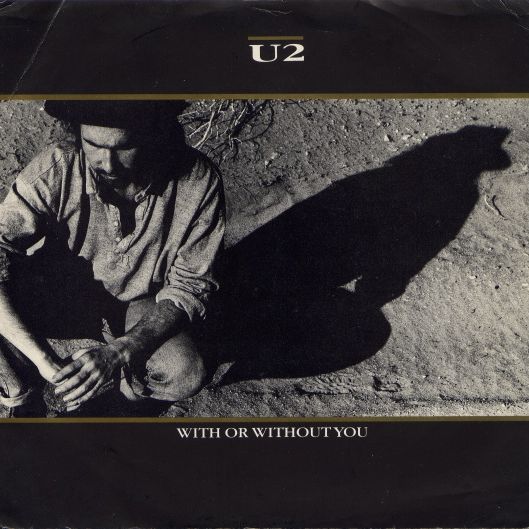
262
While it was the first single from one of the most commercially successful albums of its time, U2’s “With Or Without You” doesn’t exactly follow any established formula for a chart hit. Moody, atmospheric, and (somewhat) understated (for U2), the song became the group’s first number one in the United States, and paved the way for the blockbuster success of 1987’s The Joshua Tree.
“With Or Without You” abandons the big ideas of The Joshua Tree for the relatively terrestrial confines of a love song. In it, Bono documents a relationship that seems to skirt the lines of codependence and/or obsession. Both his writing and performance represented a newfound maturity that would yield consistently impressive results on The Joshua Tree and 1991’s Achtung Baby.
The minimalist arrangement of the song was coaxed by the production team of Brian Eno and Daniel Lanois. Both known for their ability to conjure an atmosphere, the pair helped U2 add an ethereal element to their naturally-anthemic leanings. They found a game partner in The Edge, whose “Infinite Guitar” would lend the song additional dimension. From this combination of songwriting, production, and performance, U2 would quite nearly reach their peak on “With Or Without You.”
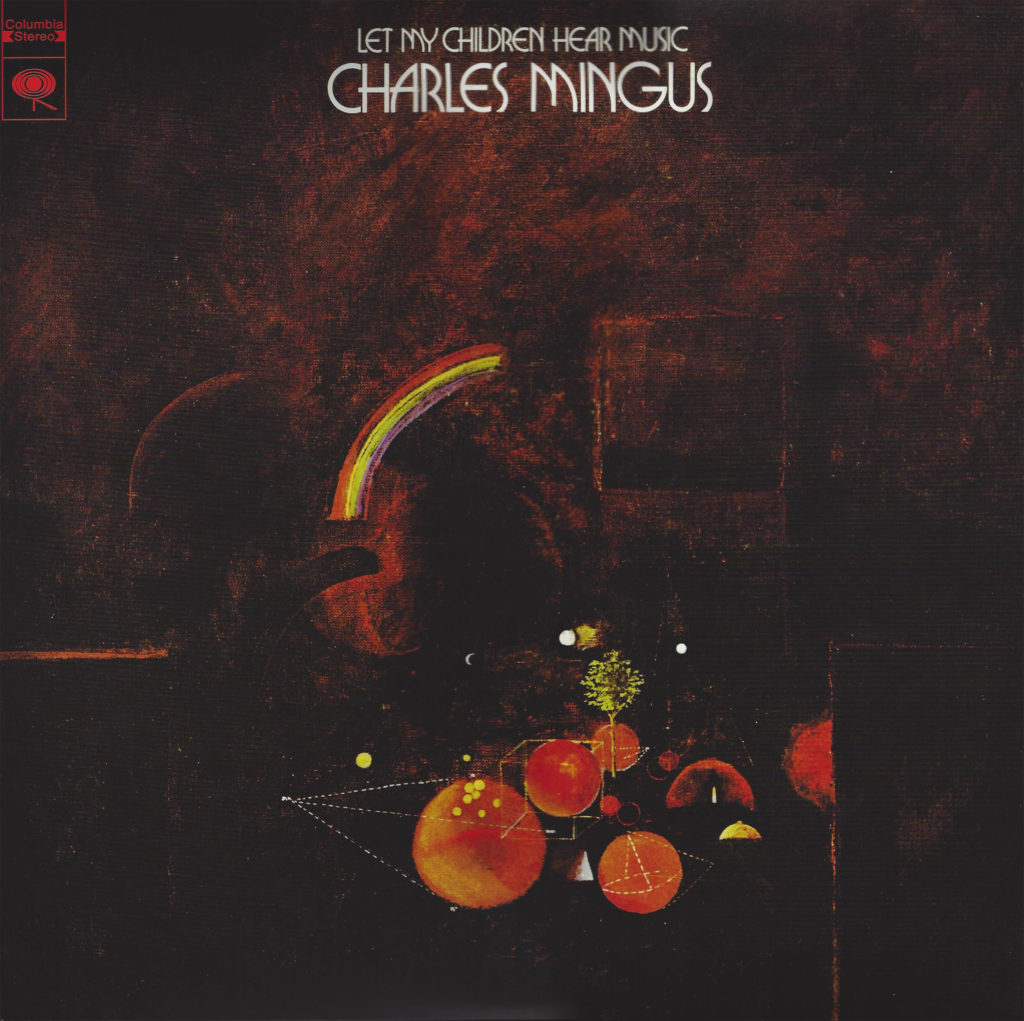
261
Following his 1963 masterpiece The Black Saint and the Sinner Lady – and its victory lap follow-up, 1964’s Mingus Mingus Mingus Mingus Mingus – Charles Mingus retreated into an extended period of seclusion from the public eye. 1972 would see him return with one of the most ambitious works of his storied career, Let My Children Hear Music.
A collaboration with Miles Davis’ producer Teo Macero and arranger Sy Johnson, Let My Children Hear Music found Mingus returning to the large ensemble settings of Black Saint. Like that album, Let My Children Hear Music was built upon on a set of songs that frequently saw Mingus channeling his idol, Duke Ellington, while still retaining the wild unpredictability of his own past triumphs. This was best exemplified by the record’s stunning opening number, “The Shoes of the Fisherman’s Wife Are Some Jive Ass Slippers.”
If it were only a title and a few bars of random noodling, “Shoes” would have achieved legendary status in Mingus’ catalog, but the nearly ten-minute composition was a constantly shifting epic that never fails to be anything less than compelling. It’s a big band track that careens with the wild dexterity of a small combo, and grows more impressive with each new melodic motif.
In the liner notes for Let My Children Hear Music, Mingus would refer to the record as “the best album I have ever made.” While I’m still inclined to put at least a few others ahead of it, “The Shoes of the Fisherman’s Wife” makes a pretty strong statement in the album’s favor.

